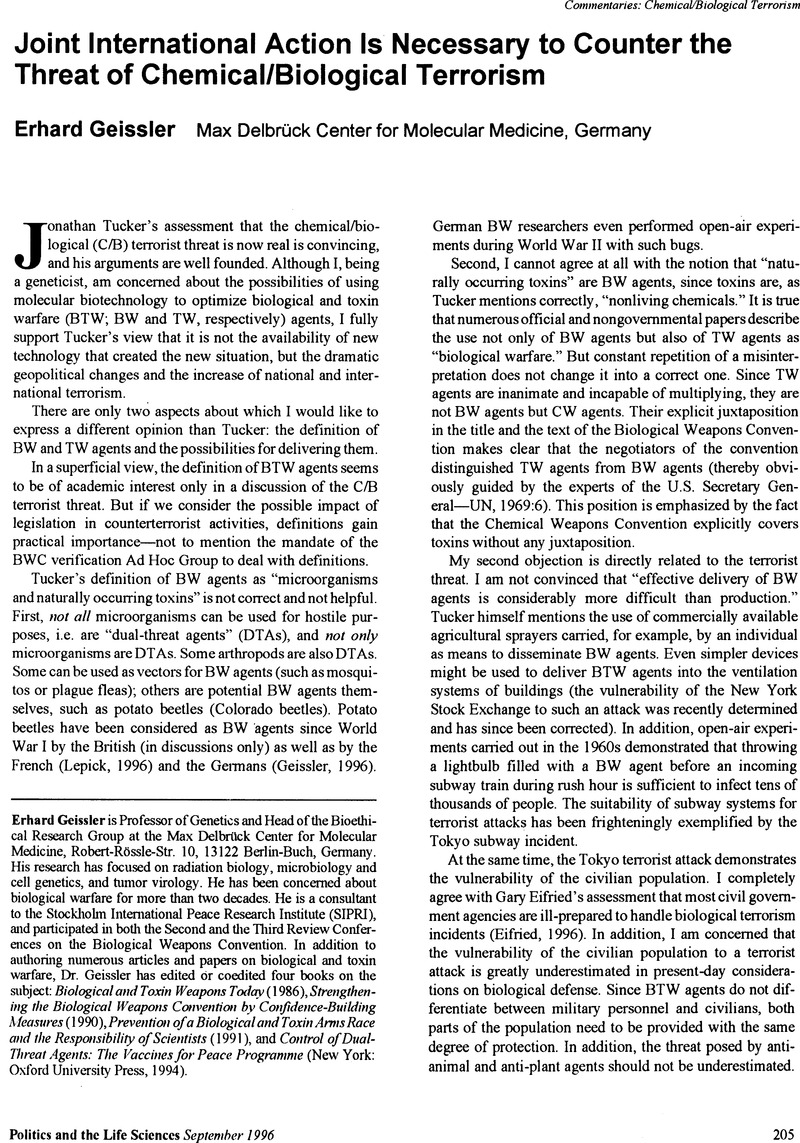Crossref Citations
This article has been cited by the following publications. This list is generated based on data provided by Crossref.
Shoham, Dany
2010.
Pharmaceutical Sciences Encyclopedia.
p.
1.





